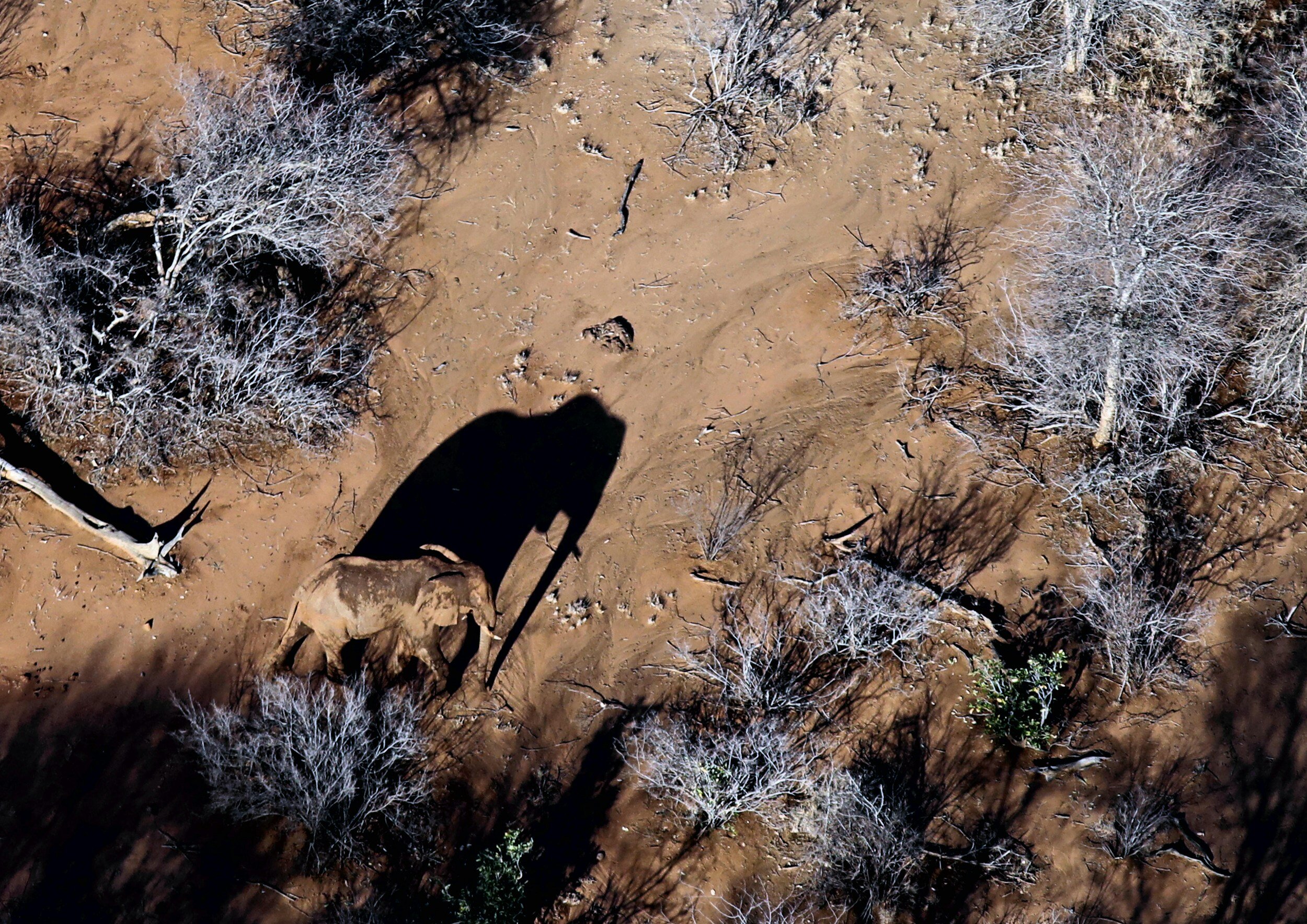How Technology Safeguards Endangered Wildlife (Future of Wildlife Conservation)
In today's fast-paced digital world, technology shapes nearly every facet of our lives. Yet, amidst the hustle and bustle, there's a silent revolution happening: the use of technology for wildlife conservation. Scientists and conservationists are leveraging cutting-edge innovations to bolster traditional methods, offering a lifeline to endangered species.
Let's delve into the game-changing technologies reshaping the landscape of wildlife protection.
(C) @lucasalexander
Drones for wildlife conservation:
Drones, beloved by hobbyists and farmers alike, are emerging as heroes in conservation efforts. These nimble aerial devices empower researchers to monitor animal behavior and habitat health without perilous expeditions. From combating invasive species on remote islands to gathering DNA samples from ocean giants, drones provide a versatile and gentle approach to vital conservation data collection.
(C) @wynand_uys
Satellites:
Satellite technology stands at the forefront of wildlife monitoring and habitat preservation. By scanning Earth from above, conservationists can pinpoint critical habitats, track animal migrations, and detect looming threats like deforestation and poaching. Melding satellite imagery with GPS tagging unveils precious insights into animal behavior, equipping conservationists with the knowledge needed for informed decision-making.
(C) @nasa
Artificial Intelligence (AI):
AI is ushering in a new era of wildlife conservation, offering powerful tools for data analysis and species surveillance. Facial recognition technology aids in tracking endangered populations, while AI-driven platforms sift through vast social media image archives to identify and monitor animals based on unique markings. Predictive analytics powered by AI enable proactive measures against poaching, amplifying efforts to safeguard wildlife.
(C) @hiteshchoudhary
Environmental DNA (eDNA):
Environmental DNA, or eDNA, is revolutionizing biodiversity assessments, offering a non-invasive means to detect species presence through shed DNA traces. This rapid and cost-effective technique furnishes invaluable data on species distribution and ecosystem health, particularly critical amidst climate change-induced disruptions.
(C) @nci
Predictive Analytics:
Predictive analytics serves as a crystal ball for researchers, foreseeing and preempting threats to endangered species. By crunching data from diverse sources, including satellites and wildlife trackers, researchers can anticipate challenges and implement timely interventions. Marwell Wildlife's use of predictive analytics sheds light on the plight of the Grévy's zebra, illuminating factors impacting its survival, such as the use of zebra fats in traditional medicines.
Networked Sensors:
Networked sensors emerge as guardians of endangered species, monitoring behavior and environmental conditions in real-time. Embedded into rhino horns and pangolin scales, these sensors empower rangers to track movements and thwart poaching attempts. Smart parks leverage solar-powered sensors and LoRaWAN technology to bolster biodiversity monitoring and threat detection, fortifying conservation efforts.
Conclusion:
As technology evolves, so too does its capacity to safeguard our planet's biodiversity. From remote sound monitoring to electronic smart collars, innovative solutions offer hope for endangered species worldwide. Yet, equitable access and collaboration are paramount to maximizing these tools' impact. By uniting conservationists, tech innovators, and local communities, we can forge a future where humans and wildlife coexist harmoniously, propelled by the power of technology and collective action
Search the blog:


















